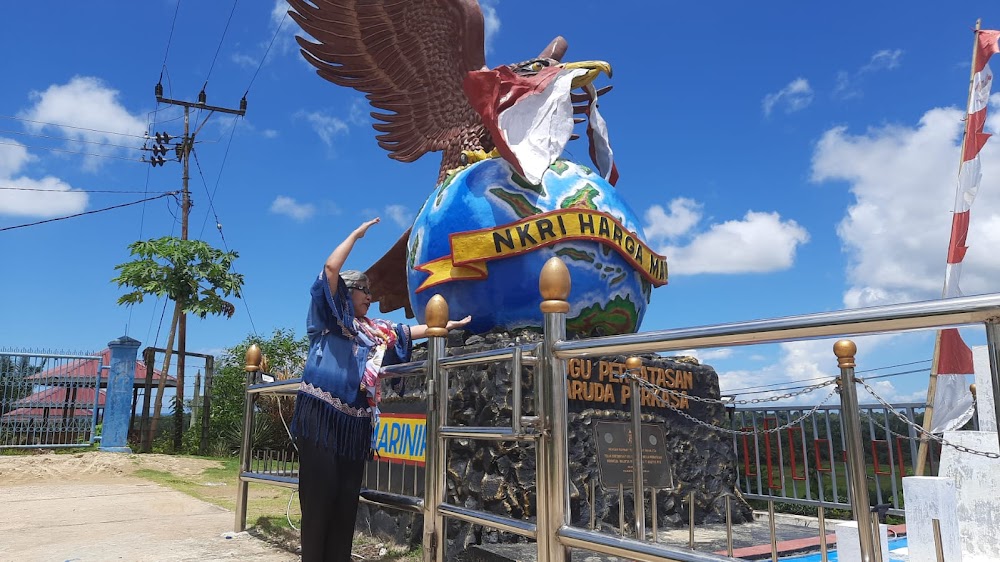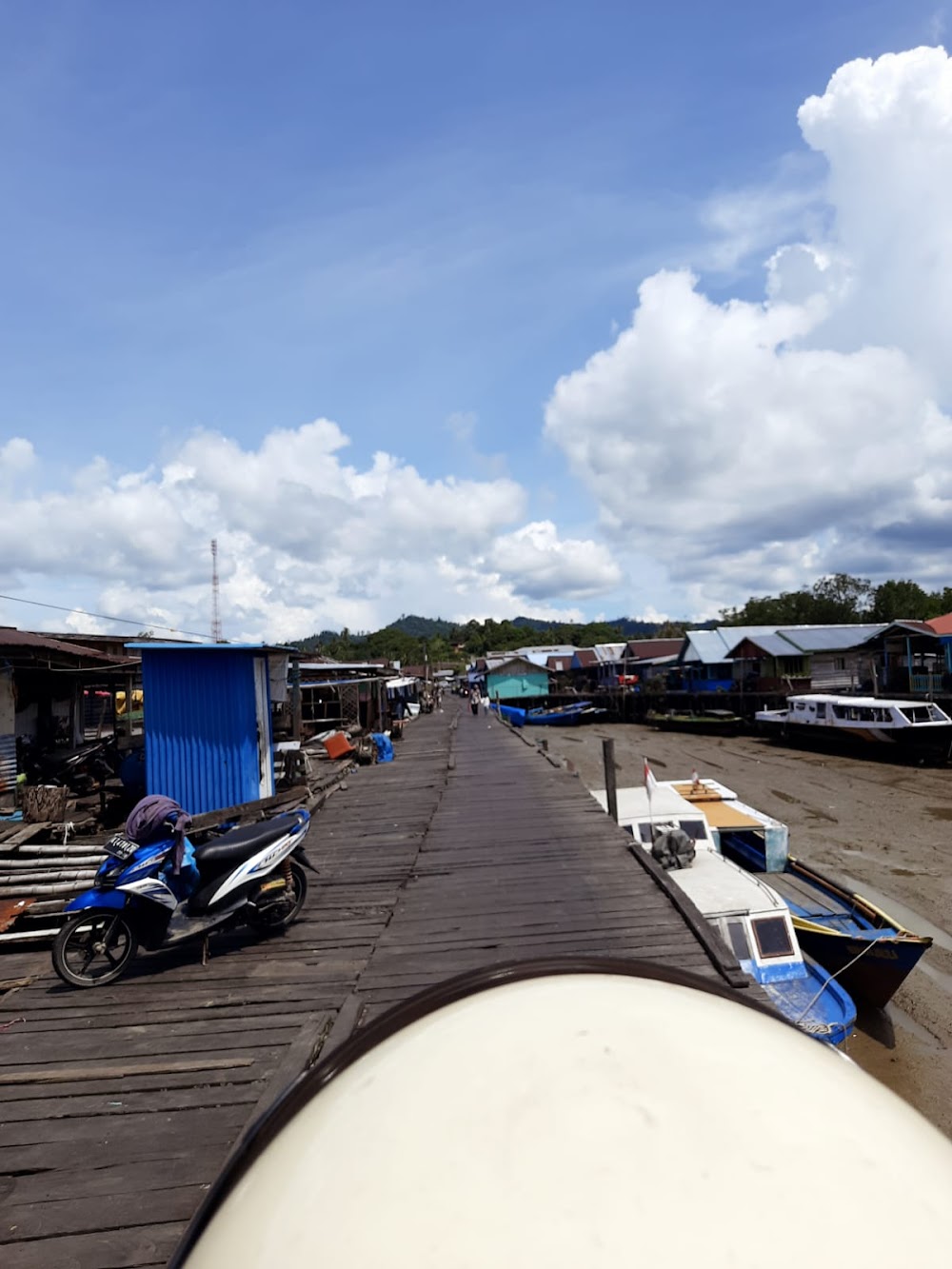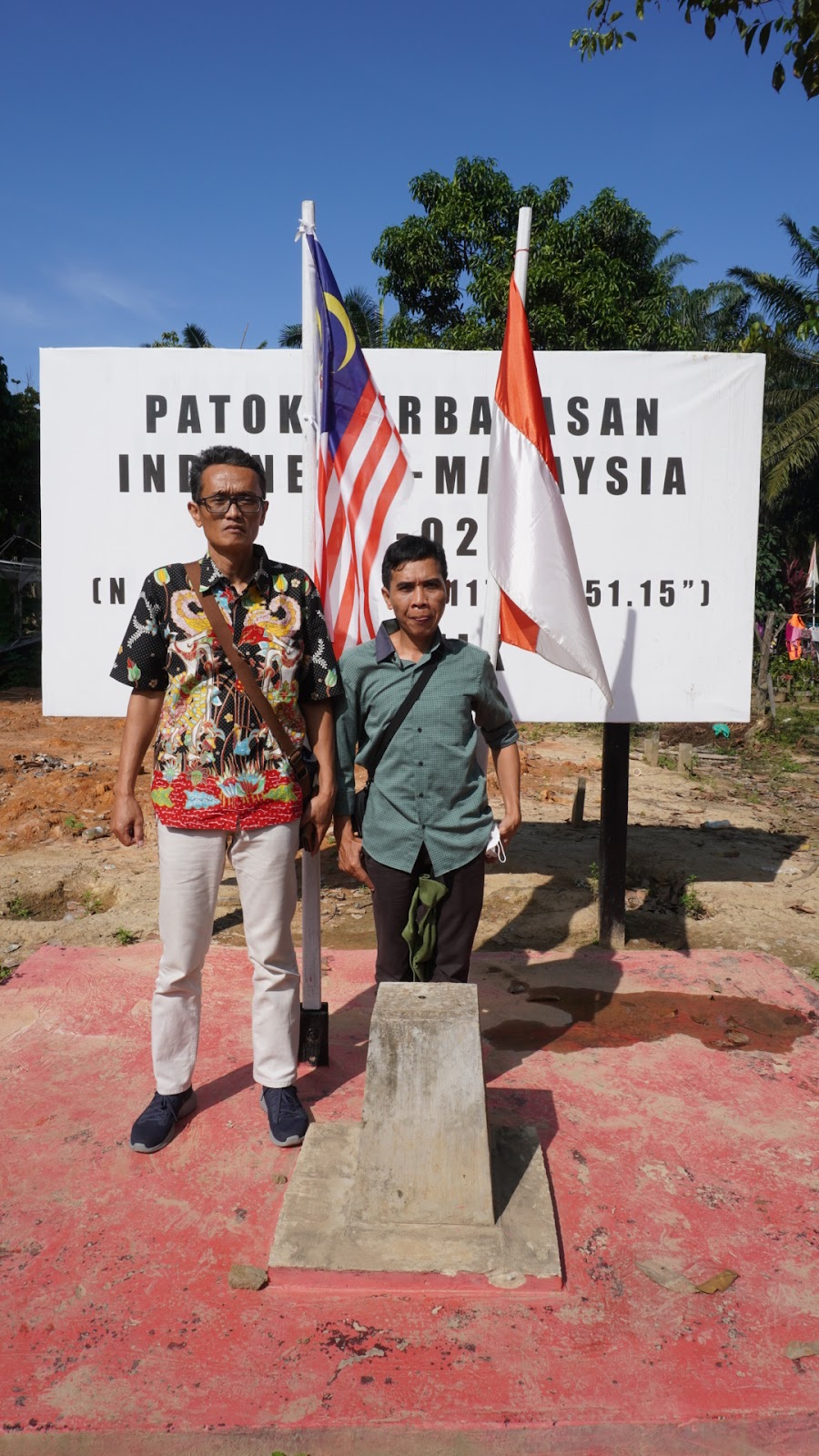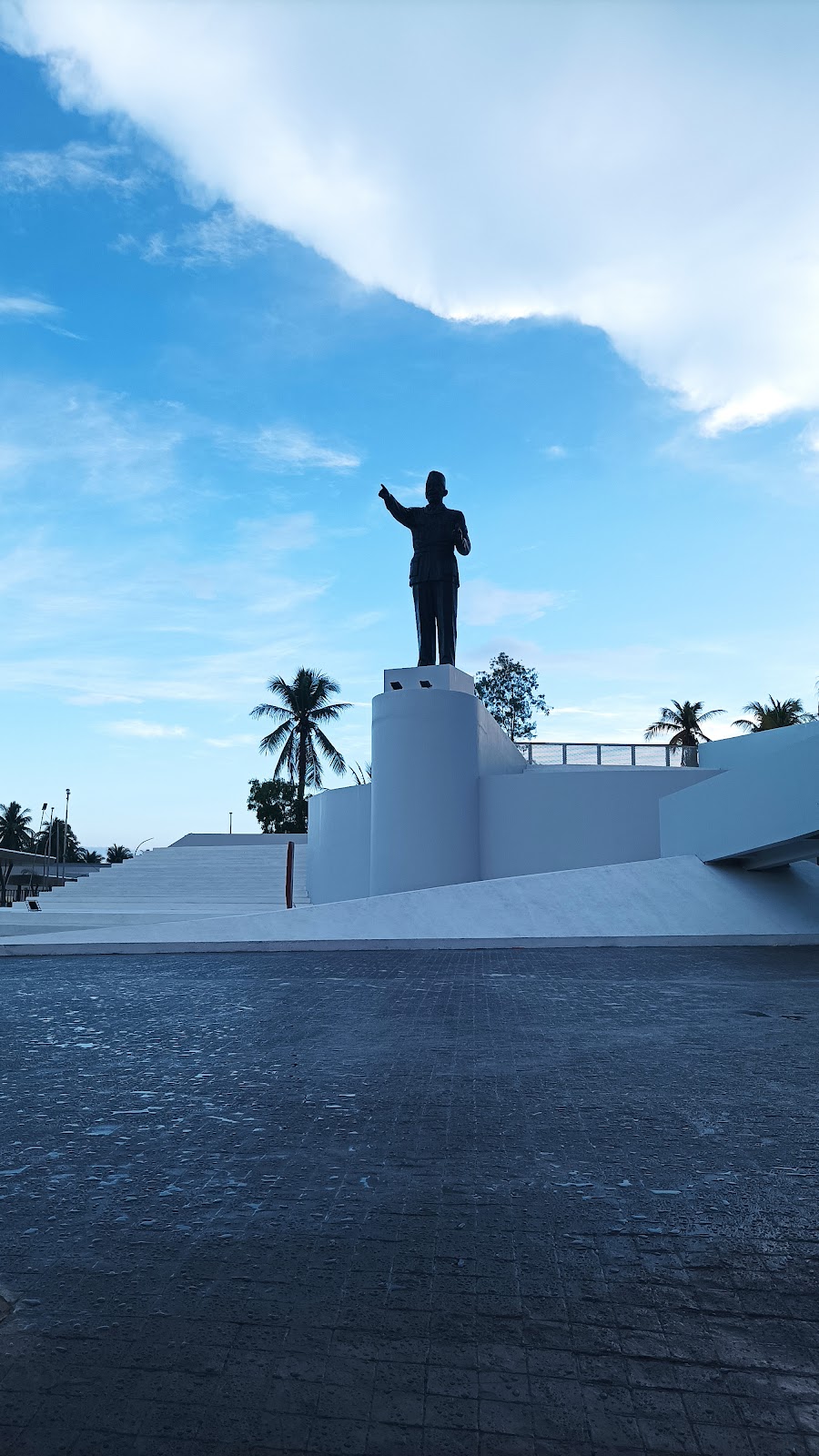Sebatik Island (Pulau Sebatik)
Overview
**Sebatik Island: A Crossroads of Cultures and Nature**
Sebatik Island, situated in the serene Celebes Sea, is a captivating destination that straddles the border between Indonesia and Malaysia. The Indonesian portion belongs to the Sebatik district in North Kalimantan (Kalimantan Utara). This unique geographical division not only piques interest but also enriches the island with a blend of cultural influences from both nations.
Historically, the island's division can be traced back to the colonial era. The Anglo-Dutch Treaty of 1891 established the border along the 4°10' North parallel, resolving territorial disputes between the British Empire, which ruled nearby Malaysia, and the Dutch, who governed the Indonesian archipelago. This historic agreement has led to Sebatik becoming a living example of two nations coexisting on a single landmass.
The island covers approximately 452.2 square kilometers, with the border running lengthwise through it. This division is visibly marked by distinct national flags and border posts. On either side, governance, infrastructure, and even time zones can differ significantly, providing a fascinating insight into how two countries can share an area yet maintain their individual identities.
On the Indonesian side, Sebatik is governed as part of the Nunukan Regency. While the infrastructure is modest compared to major urban centers like Jakarta or Surabaya, ongoing development projects are steadily improving the island's facilities. The local economy thrives on agriculture, fishing, and small-scale trade with Malaysia, a testament to its strategic location.
Over the years, Indonesia and Malaysia have fostered peaceful cooperation, allowing for seamless local trade and movement across the border. This relationship is vital for the residents, who engage in intertwined lives despite the national divide. They share numerous cultural aspects, including traditional customs, language, and cuisine, resulting in a rich tapestry of Indonesian and Malaysian heritages.
To further enhance connectivity, infrastructure improvements are underway. Upgraded roads and plans for better port facilities are in the works, aiming to boost economic growth and improve the quality of life for residents. This commitment to better transport links underscores the importance of collaboration between the two nations.
Sebatik's multicultural society is a vibrant mix of indigenous groups, including the Bajau and Bugis, who have roots in various regions of Indonesia and Malaysia. These communities have adapted to life on a divided island, emphasizing strong family ties and a communal lifestyle that fosters resilience and support.
Nature lovers will find Sebatik Island a paradise, with its pristine beaches and lush landscapes. The coastline is adorned with mangrove forests and coral reefs, which are crucial to the local ecosystem. These natural resources not only provide breathtaking views but also support the fishing industry, which the local inhabitants cherish and protect.
Education and healthcare are evolving sectors on Sebatik Island, bolstered by government support. Schools offer basic education, while students seeking higher learning often travel to other parts of Indonesia or Malaysia. Health clinics are accessible, though serious cases generally require transfers to larger hospitals on the mainland.
Sebatik Island also beckons tourists in search of a unique blend of natural beauty and cultural experiences. Visitors can wander through traditional villages, engage with the warm-hearted locals, and partake in activities like snorkeling and hiking. The island's status as a border zone adds an intriguing dimension for those interested in geopolitics and history.
Security on Sebatik Island is a collaborative effort between Indonesia and Malaysia, ensuring peace and order. Regular patrols and joint initiatives help maintain respect for territorial boundaries while nurturing good neighborly relations.
In summary, Sebatik Island is a remarkable testament to how two countries can coexist peacefully, allowing their distinct yet interconnected cultures to thrive. The residents navigate their dual-national existence with grace and resilience, making Sebatik a unique and harmonious gem in Southeast Asia.








